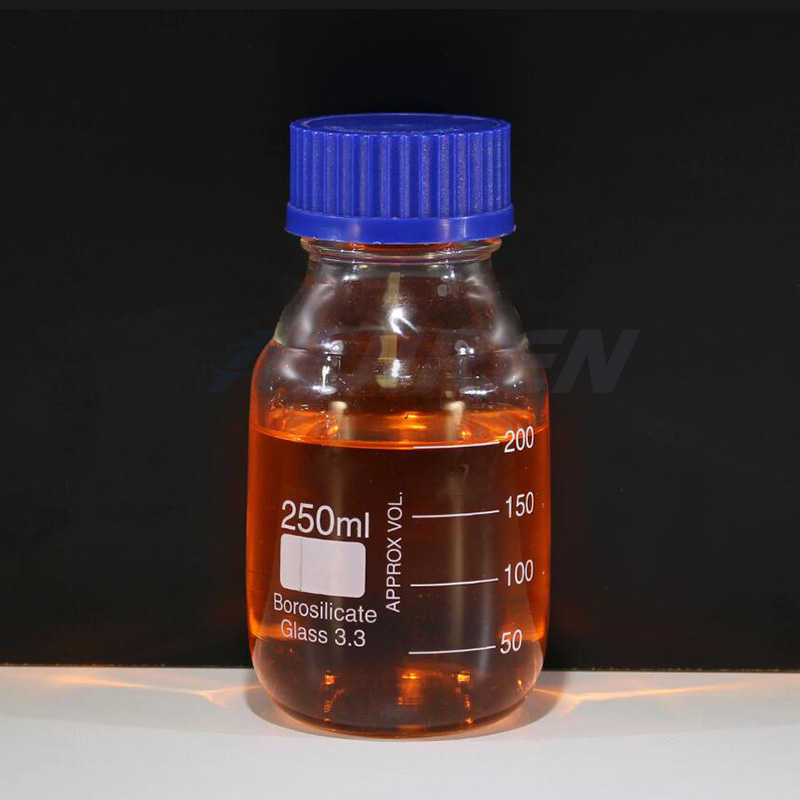
Oct 17, 2019 · Then we tried several polymers including polyvinyl pyrrolidone (PVP), polyethylene glycol (PEG), and polyvinyl alcohol (PVA) to block the non-specific adsorption sites on vials. Although the non-specific adsorption of colistin can be partly reduced by these polymers, the non-specific problem was still significant. (Fig. 4b).
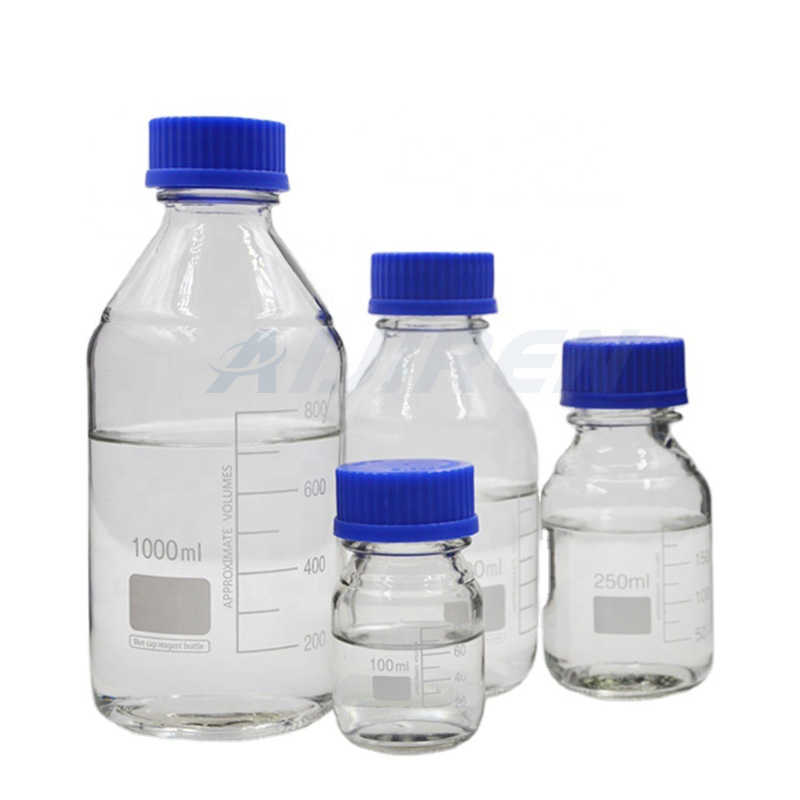
Apr 22, 2014 · Coating surfaces with thin or thick films of zwitterionic material is an effective way to reduce or eliminate nonspecific adsorption to the solid/liquid interface. This review tracks the various approaches to zwitteration, such as monolayer assemblies and polymeric brush coatings, on micro- to macroscopic surfaces. A critical summary of the mechanisms responsible for antifouling shows how
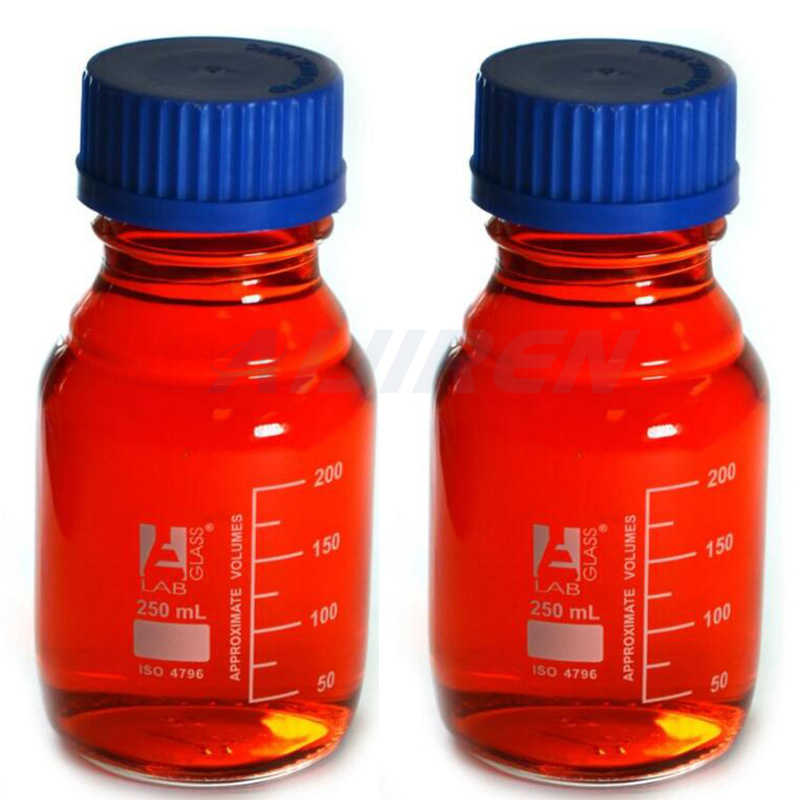
Sep 2, 2020 · The use of adsorbent heat pumps as heating and cooling systems is particularly relevant thanks to their ability to exploit low-grade heat (e.g., below 90 °C) from renewable energy sources and waste energy streams with prospective applications in several fields, e.g., industrial and residential. Their development began in the 20th century and is still in full evolution. The great interest in
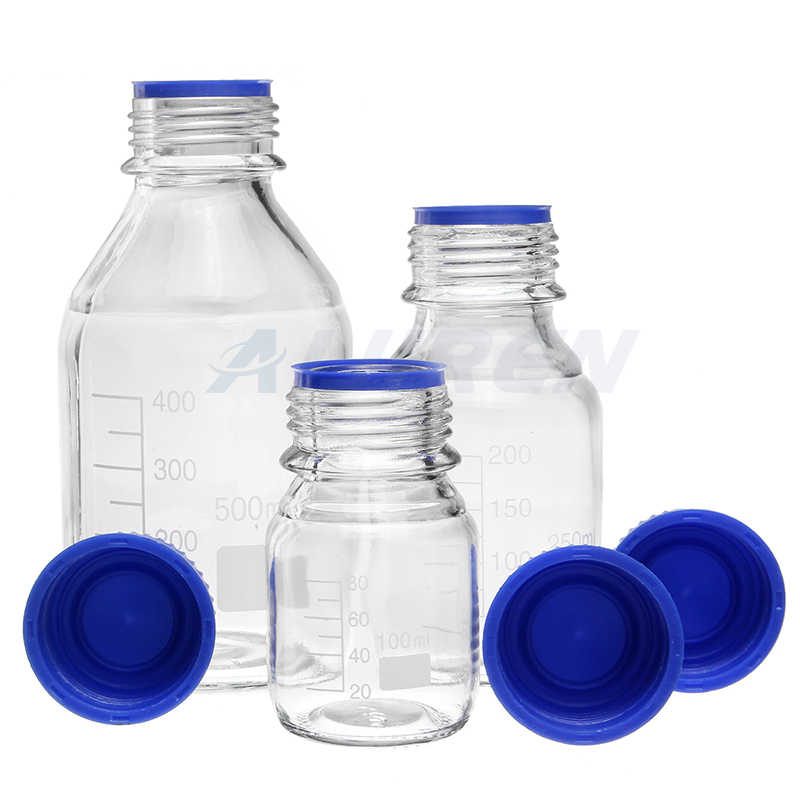
an innovative, solvent-free sample prep technology that is fast, economical, and versatile. How it Works SPME uses a fiber coated with an extraction phase comprising a pure polymer (liquid coating) or adsorptive particles embedded in a polymer (adsorbent/particle coatings). The fiber coating extracts the compounds from the sample.

Acidic compounds and neutral compounds mainly adsorb to glass and PP containers by hydrophobic adsorption. Therefore, an organic solvent (methanol, acetonitrile, etc.) or non-ionic surfactant is added to the sample solution to reduce adsorption. Although dependent on the logP of the target compounds, adding 10 to 50 % organic solvent or around
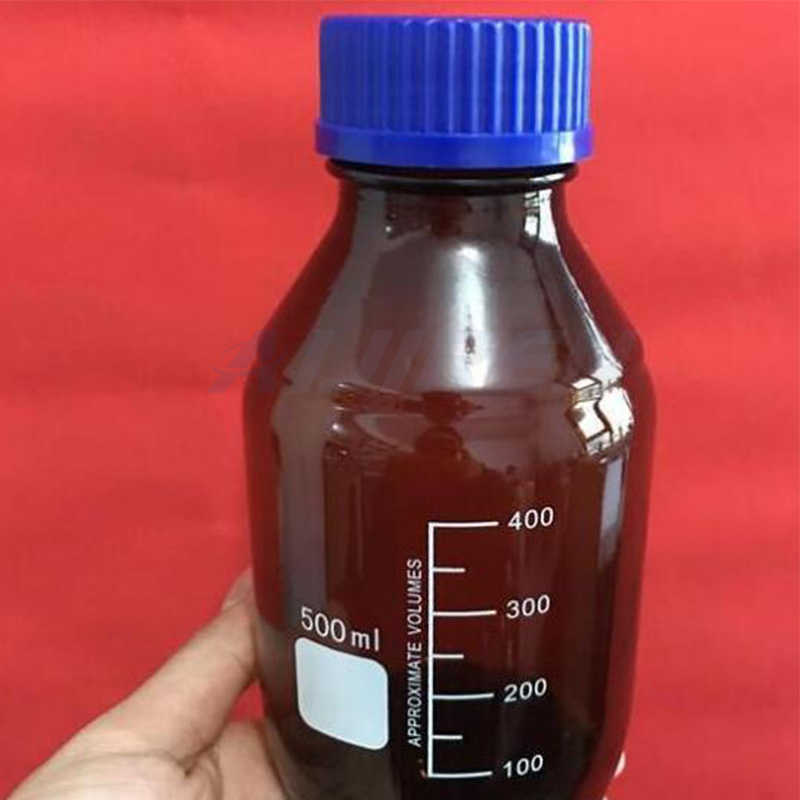
The optimisation of antimicrobial properties is crucial for implant surface modification, and a number of studies have used hydrothermal treatment for this purpose. Wandiyanto et al. 91 prepared a Ti surface coating with sharp-edged (about 10 nm) TiO 2 nanosheets to confer bactericidal properties. The nanosheet surface with different edge
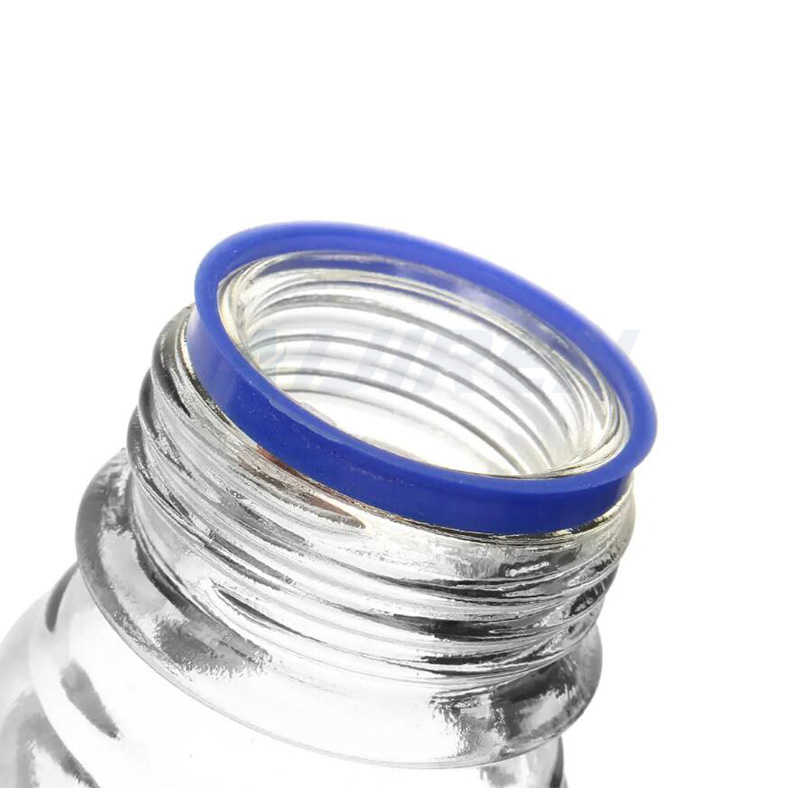
Feb 1, 2015 · Coatings based on dendritic polyglycerol (dPG) were investigated for their use to control nonspecific protein adsorption in an assay targeted to analyze concentrations of a specific protein. We
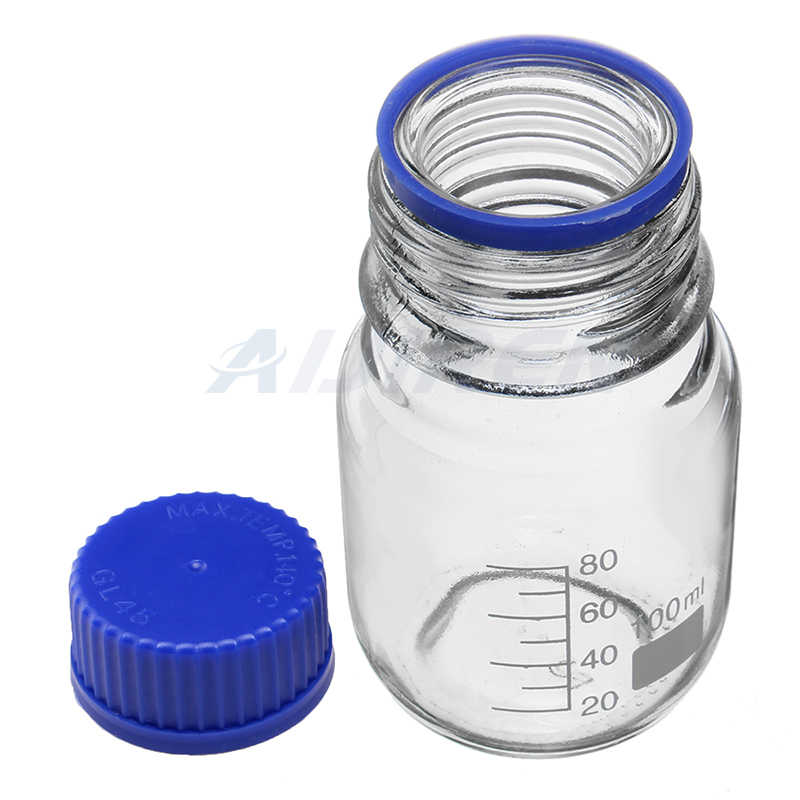
Jan 7, 2010 · In the laboratory, the sample volume is often limited by the size of the sample vials (1.5–20 ml) (dictated by various producers of vials as well as by the autosampler characteristics) or by the
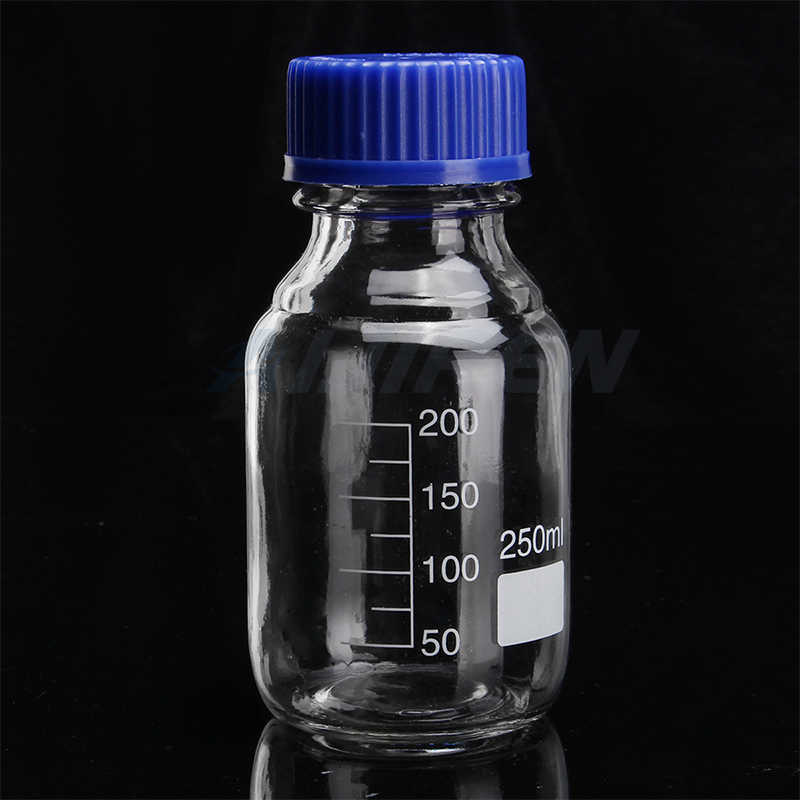
May 1, 2017 · Protein adsorption onto the negatively charged silica surface [3] can also represent an issue. Capillary coatings can reduce protein adsorption and allow fine tuning the electroosmotic flow (EOF) in order to enhance minor differences in the electrophoretic mobilities of proteins and thus improve selectivity in CE [4].
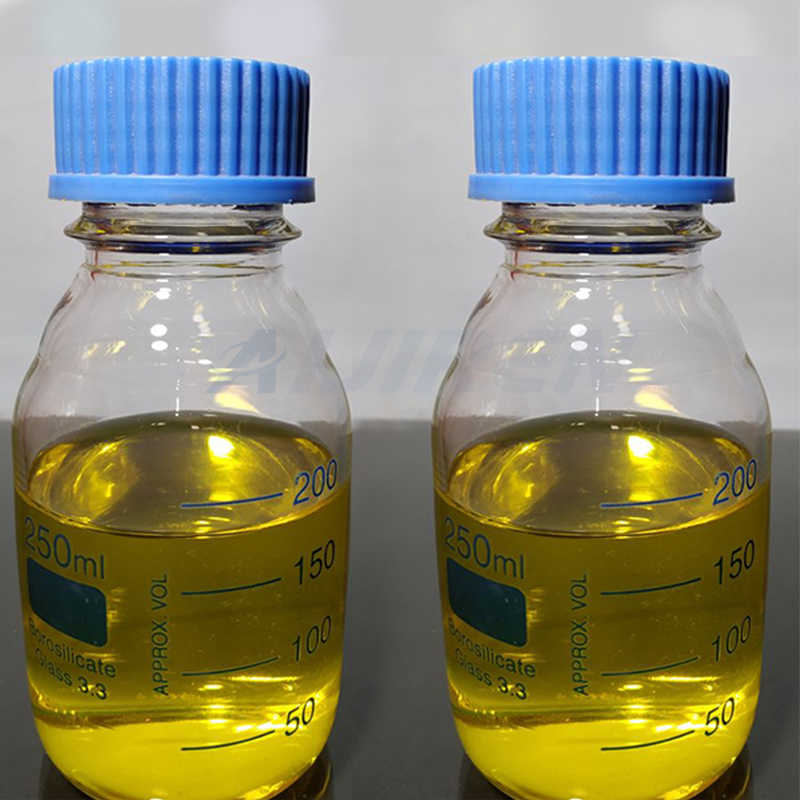
An improved procedure for reducing the loss of protein by adsorption to glass or plastic surfaces is reported. For working with proteins at the microgram level, the solvent is modified by adding glycerol (50% final concentration) or Triton X-100 (0.2 mM final concentration). Coating the plastic or g
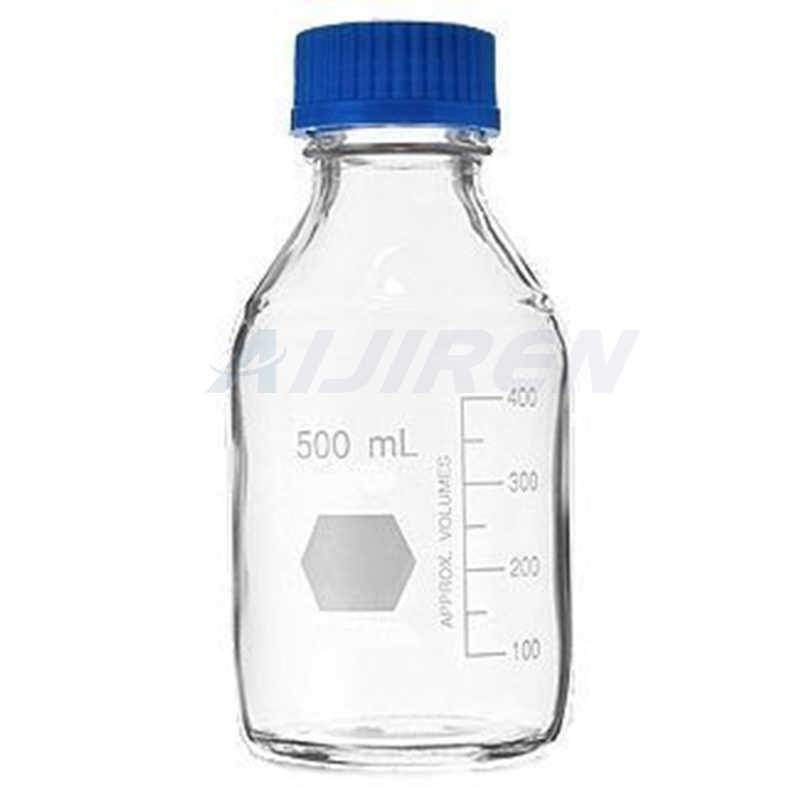
Oct 25, 2013 · This paper gives an overview of the importance of protein adsorption on metal oxide coatings developed for biomedical implants, bearing in mind that the protein adsorption is the first biological event occurring when an implant device is placed into the human body. Protein adsorption mediates the subsequent cell–surface interactions and
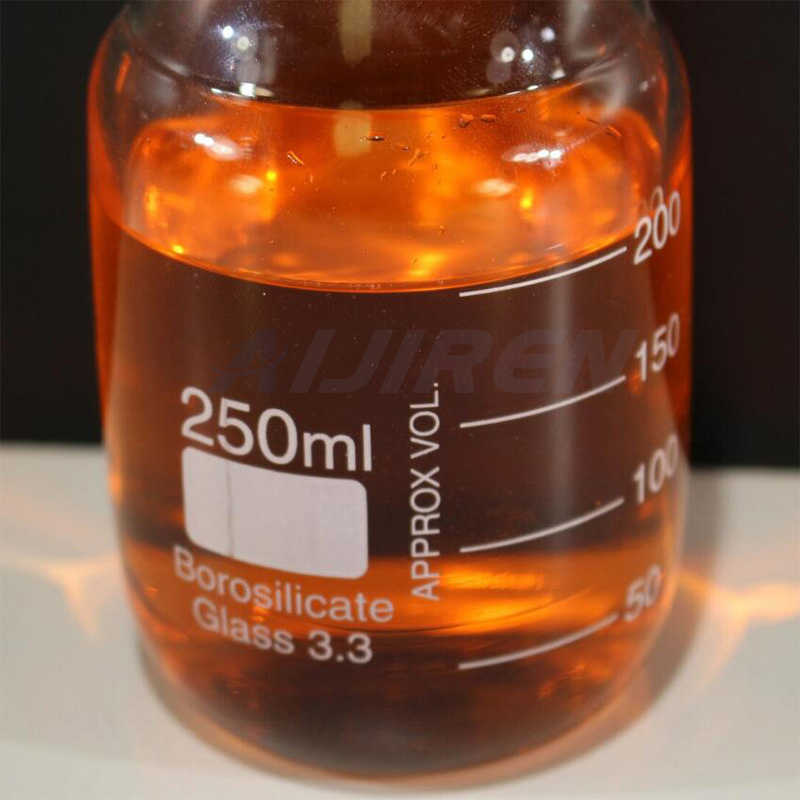
Apr 25, 2013 · Beside on-column adsorption, another important issue is the protein adsorption on the wall of sample vials. Proteins are surface active molecules, which undergo non-specific adsorption when
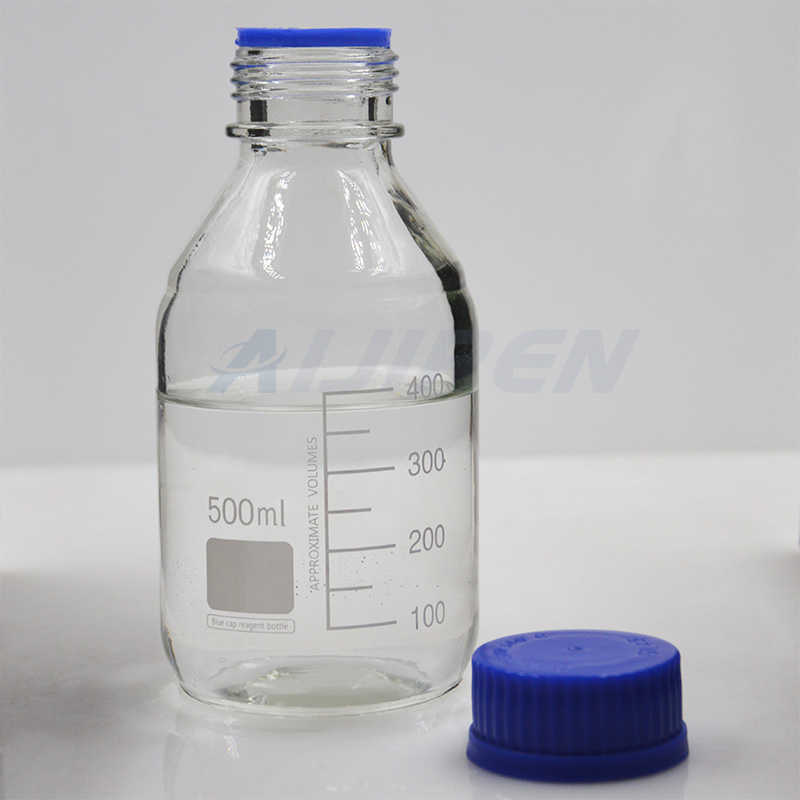
Apr 11, 2016 · During research and development, proteins bind to different lab consumables such as microplates, storage tubes, pipette tips, and centrifuge tubes. During commercialization, proteins may bind to
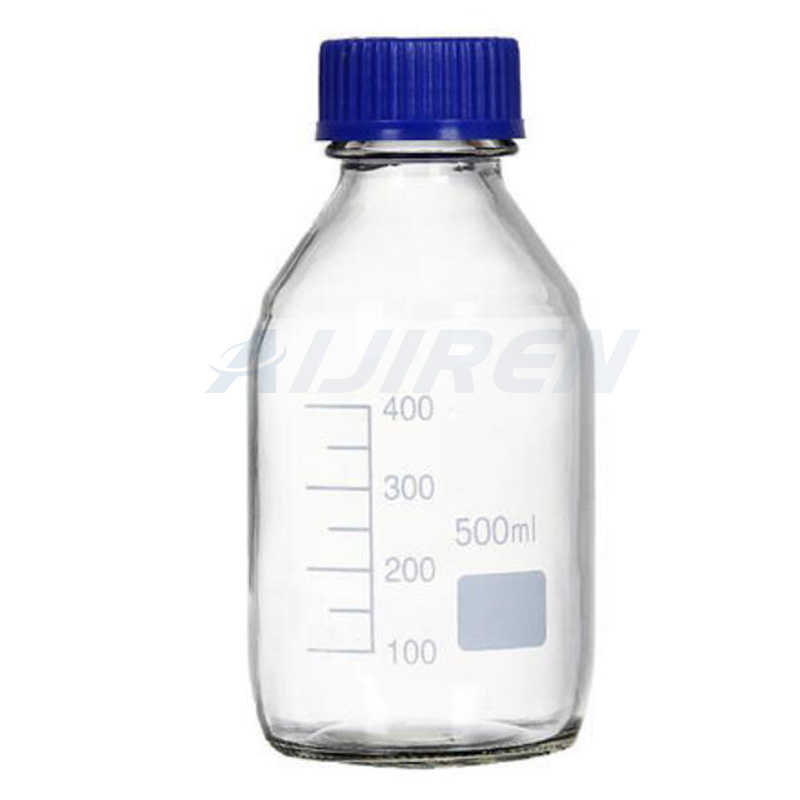
Apr 1, 2021 · Uncoated glass disc samples were used as controls. Adsorption and retention data were reported in ng/cm 2. Statistical Analysis. The effect of surface coating and pH on protein adsorption and retention, both in the presence and absence of PS80, was analyzed using two-way ANOVA followed by post-hoc Tukey's comparison test.

TruView Vials were designed to reduce polar adsorption. As such, they can still be vulnerable to hydrophobic adsorption. In contrast, containers designed to reduce hydrophobic adsorption, such as QuanRecovery products and a commercially available low bind plate, showed good recoveries.